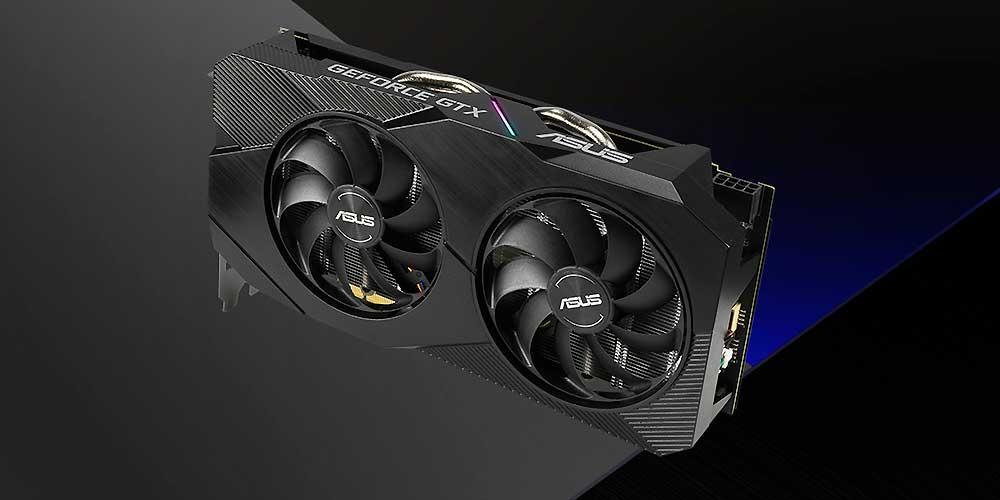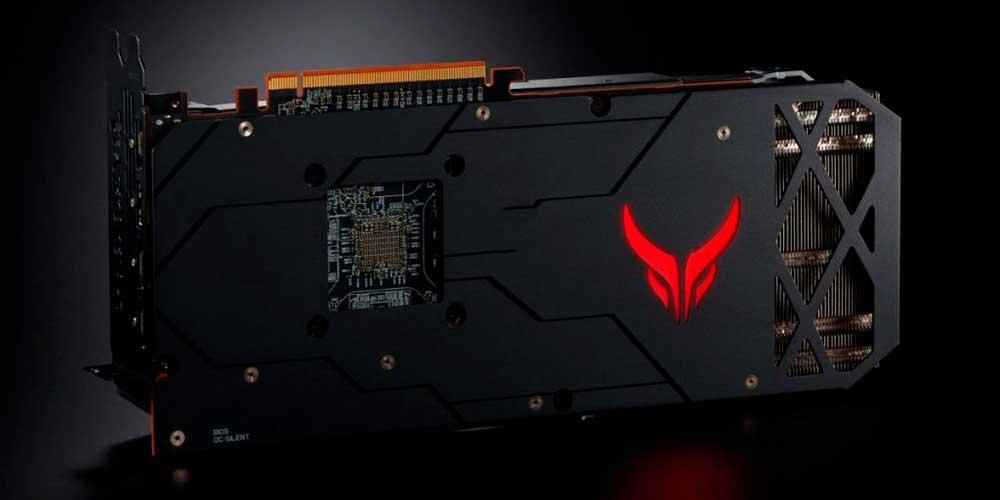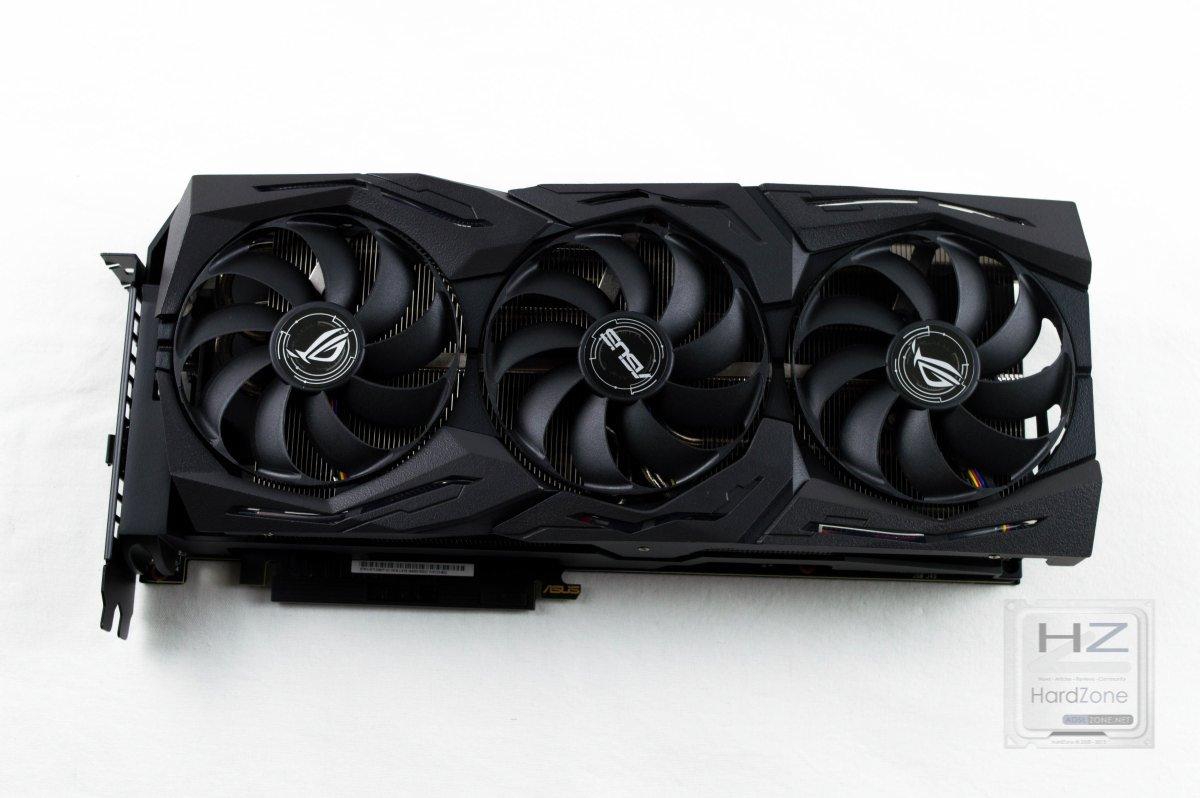AMD vs NVIDIA, which graphics card should you buy for your gaming PC?

AMD vs NVIDIA, ¿qué tarjeta gráfica deberías comprar para tu PC gaming?.
When it comes to buying a new tarjeta gráfica for our PC gamingThe eternal debate always comes to mind: AMD vs NVIDIA, ¿qué tarjeta gráfica debería comprar? En esta guía de compra vamos a recomendaros qué tarjeta gráfica sería mejor comprar dependiendo de la gama de vuestro PC y, por supuesto, del dinero que os queráis gastar. Vamos a verlo.
Antes de empezar, vamos a aclarar que hablamos de tarjetas gráficas para un PC orientado al gaming, y por lo tanto establecemos unos mínimos en los que omitimos las gráficas de gama baja convencionales, es decir, aquellas que sirven para poco más que jugar a juegos sencillos a resoluciones Full HD. Buscamos gráficas que nos permitan disfrutar al máximo de los juegos sea cual sea nuestro presupuesto.
Low-end: AMD Radeon RX 5500 XT 8 GB
En el ámbito AMD vs NVIDIA de la gama baja, creemos que las nuevas Radeon RX 5500 XT 8 GB son las reinas ahora mismo. Con unos precios que rondan los 200 euros, estas gráficas nos van a permitir jugar a casi cualquier juego actual a resolución Full HD con unos detalles gráficos en alto y a unos FPS muy dignos. Además, como ya vimos, merece la pena y mucho el incremento de precio de los modelos de 8 GB frente a los de 4 GB.
Lower mid-range: NVIDIA GeForce GTX 1660
Por poco más de lo que cuestan las anteriores tenemos estos modelos de NVIDIA, las GTX 1660, que no llegan a ser gama media por rendimiento pero que también nos proporcionarán un rendimiento muy digno en juegos a resolución Full HD. De media, estas gráficas nos entregan un rendimiento en torno a un 25% superior a las RX 5500 de AMD, así que si tu presupuesto te lo permite, deberían ser la opción a escoger.
Mid-range: NVIDIA GeForce GTX 1660 Ti
Si os fijáis, estamos sumando 50 euros al precio de las tarjetas gráficas cada vez que subimos de gama. Estas GeForce GTX 1660 Ti de NVIDIA nos permitirán ya jugar a algunos juegos incluso a resoluciones 1440p, por lo que ya pertenecen a la gama media. En términos empíricos nos ofrecen un incremento de rendimiento de en torno al 15% de media con respecto a las anteriores.
Upper mid-range: AMD Radeon RX 5700
Volvemos a incrementar en 50 euros el presupuesto y ya estamos hablando de gráficas cuyo precio parte de los 350 euros en el modelo más barato, pero que nos proporcionarán un incremento de rendimiento de un 20% de media con respecto a las gráficas anteriores. Esto, aunado a sus 8 GB de memoria dedicada, hacen de las RX 5700 una elección idónea para aquellos usuarios que quieren jugar a resolución Full HD y con todo al máximo, especialmente para aquellos con monitores de 144 Hz o más. Por supuesto, también se desenvuelven perfectamente en resoluciones 1440p, aunque para 4K se quedan todavía cortas.
High-end: NVIDIA GeForce RTX 2070 SUPER
Pasamos a la gama alta, y lamentablemente el incremento de precio es bastante mayor que en los saltos anteriores. Aquí las GeForce RTX 2070 SUPER son, bajo nuestro criterio, la mejor opción, si bien su precio parte de los 530 euros en los modelos más económicos. Estas gráficas nos proporcionan aproximadamente un 20% de incremento de rendimiento con respecto a las anteriores, y ya nos permiten jugar a resolución 1440p al máximo sin problemas, e incluso muchos juegos a resolución 4K si relajamos un poco los ajustes gráficos.
Very high-end: NVIDIA GeForce RTX 2080 Ti
Estas RTX 2080 Ti son las gráficas para PC gaming más potentes del momento, y son las únicas que garantizan una buena experiencia de juego a resolución 4K. Lógicamente también son las más caras, pues el precio del modelo más barato supera los 1.100 euros y por ello solo están al alcance de unos pocos, pero el incremento de rendimiento con respecto a las anteriores es de media un 18%.
AMD vs NVIDIA, which graphics card to buy?
Ya os hemos dado nuestro punto de vista sobre qué gráfica sería mejor comprar dependiendo de la gama y del presupuesto, pero al final queda a elección de cada uno por sus preferencias.
Por ejemplo, puede que un usuario quiera comprar una gráfica de gama media pero la GTX 1660 Ti no le convenza porque no tiene RayTracing, y prefiera invertir un poco más e ir a por una RTX 2060.
Al final, como siempre, queda a elección de cada uno, y por supuesto estamos seguros de que muchos de vosotros no coincidiréis con nuestros criterios. Sin embargo, según nuestras propias pruebas, estas han sido nuestras elecciones.
YOU CAN ALSO READ:







Write us a comment: